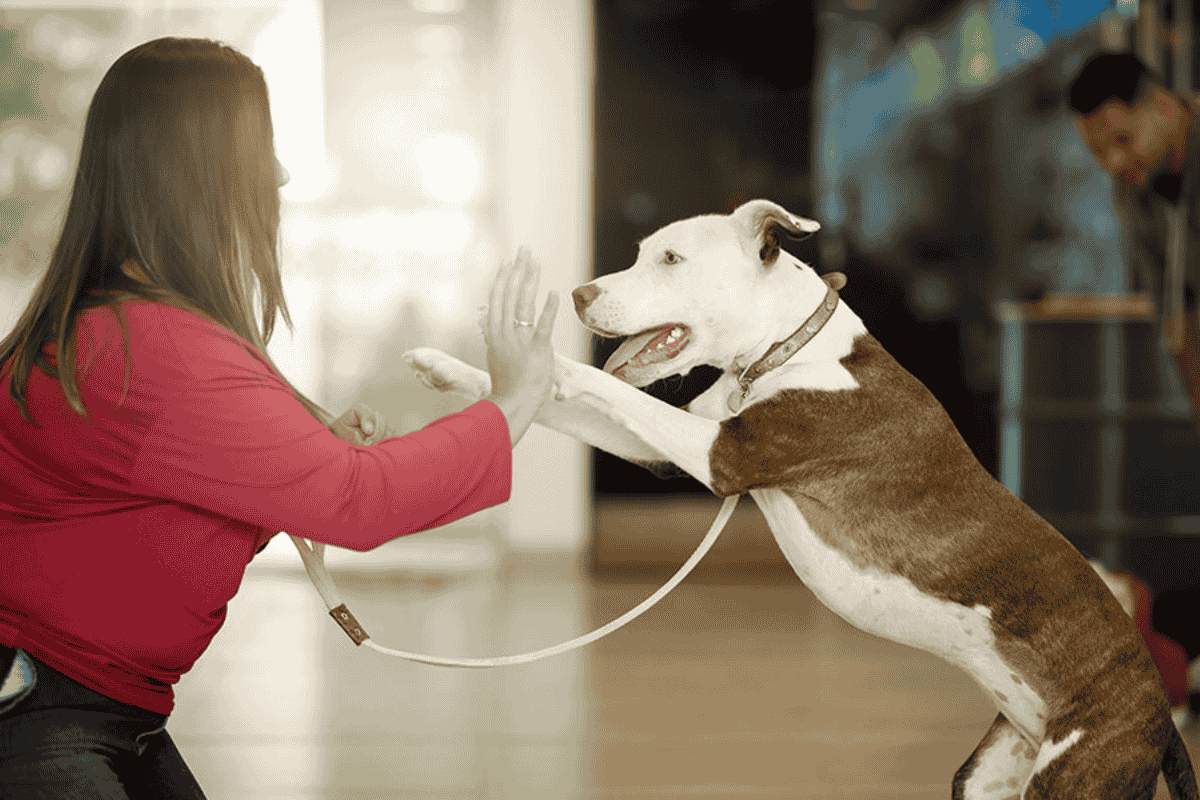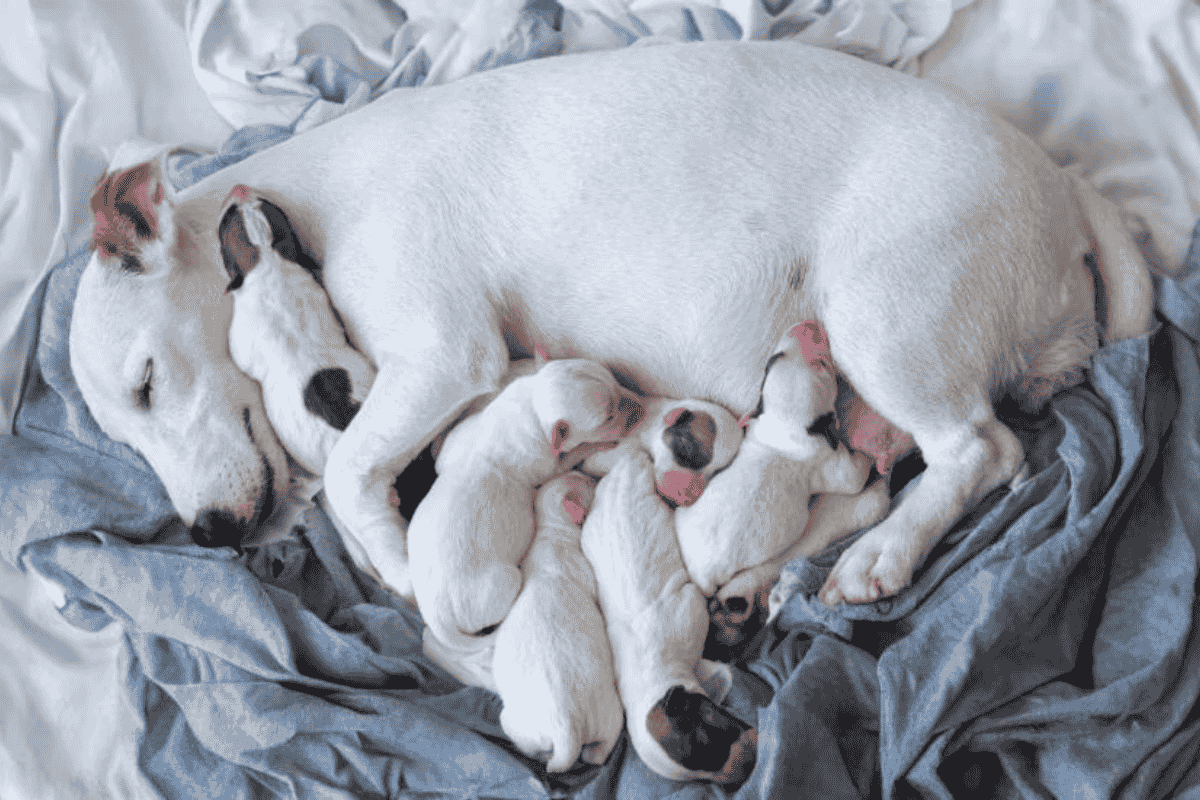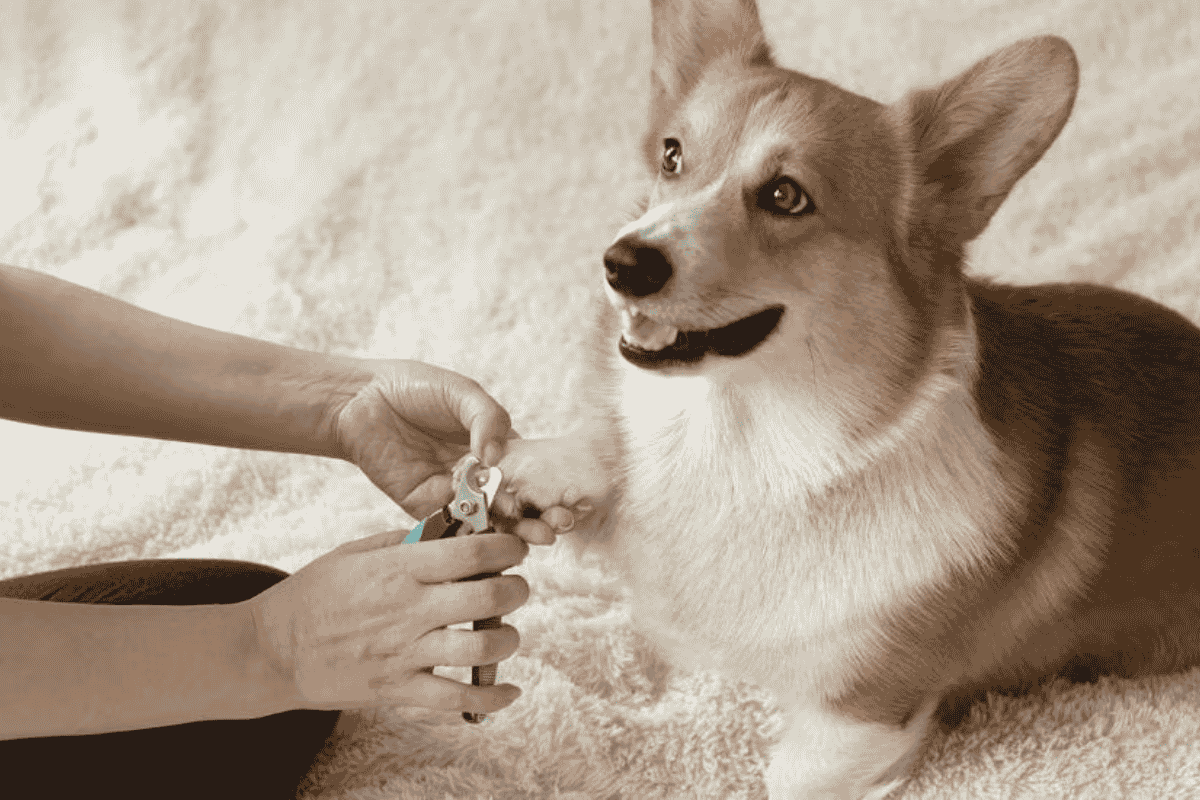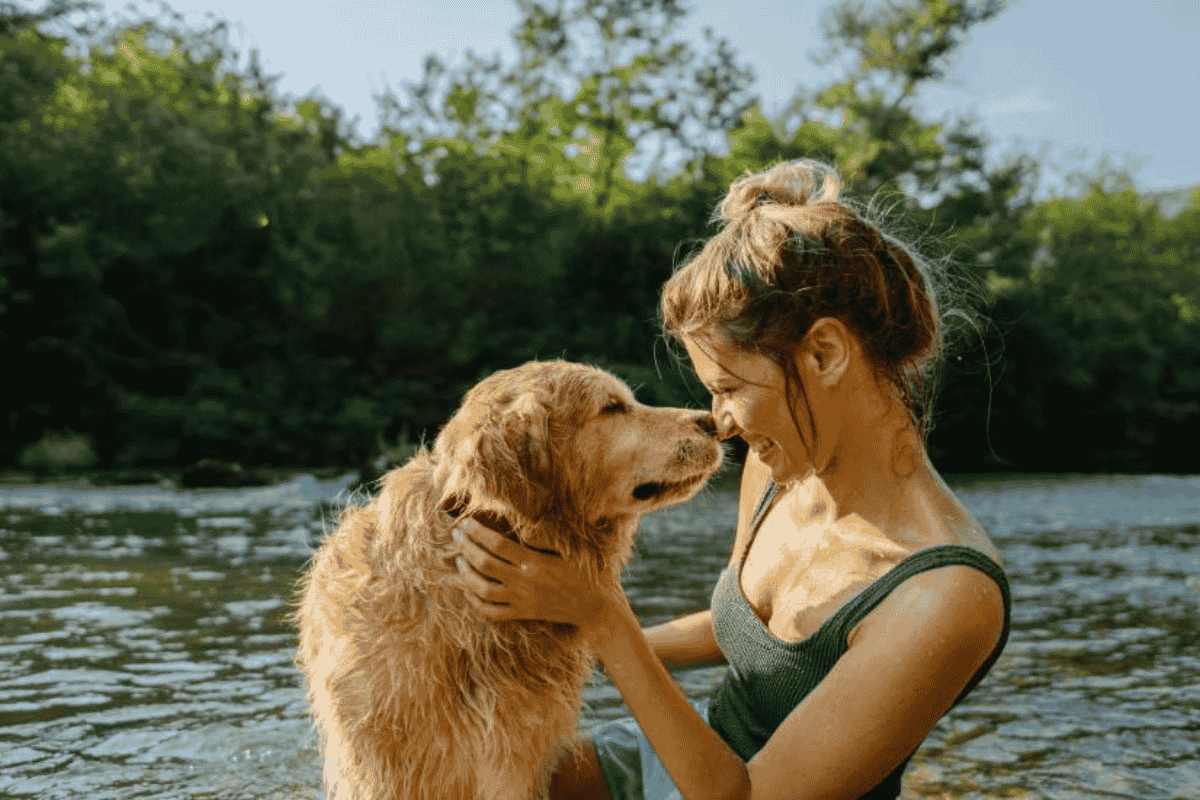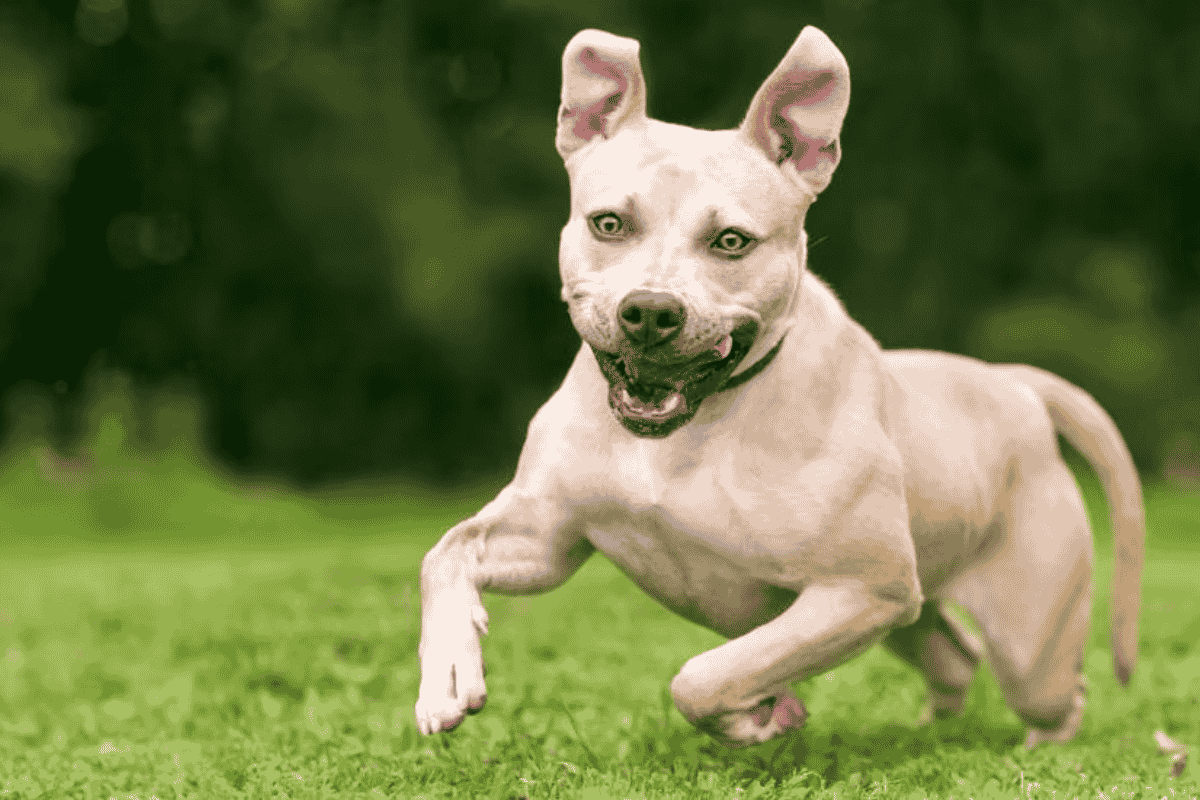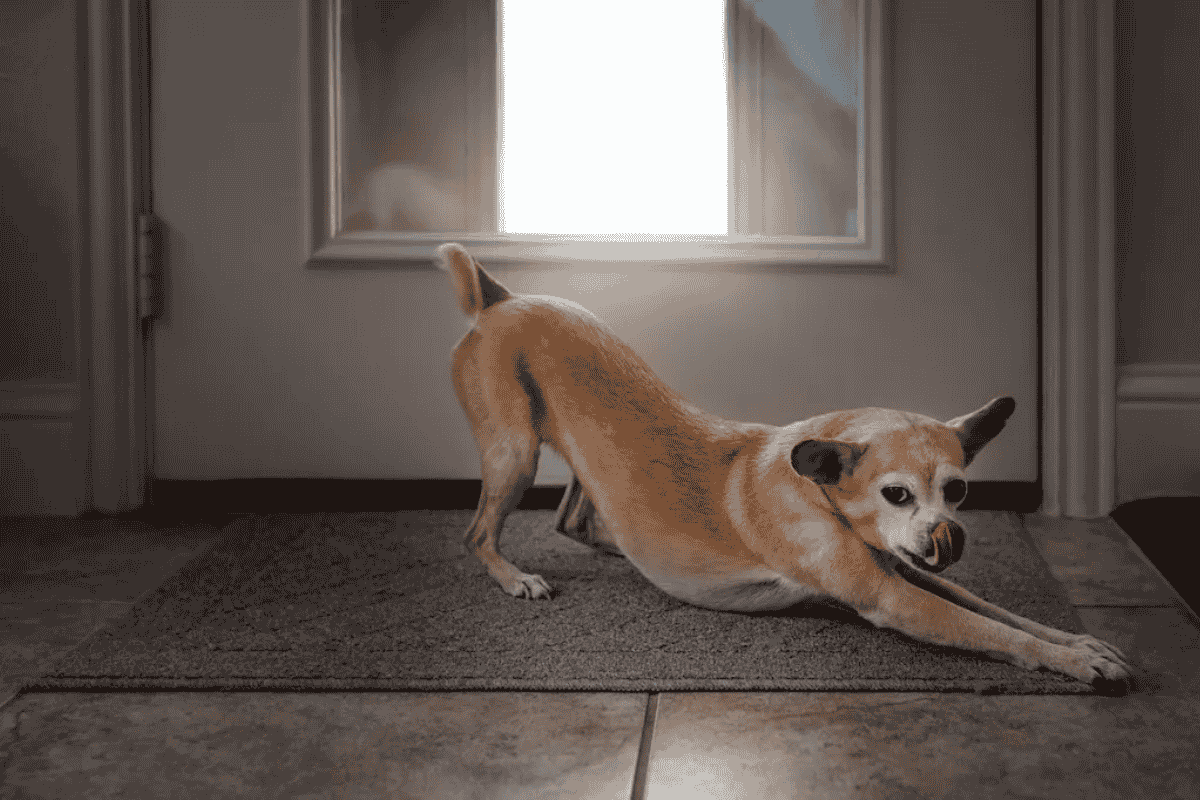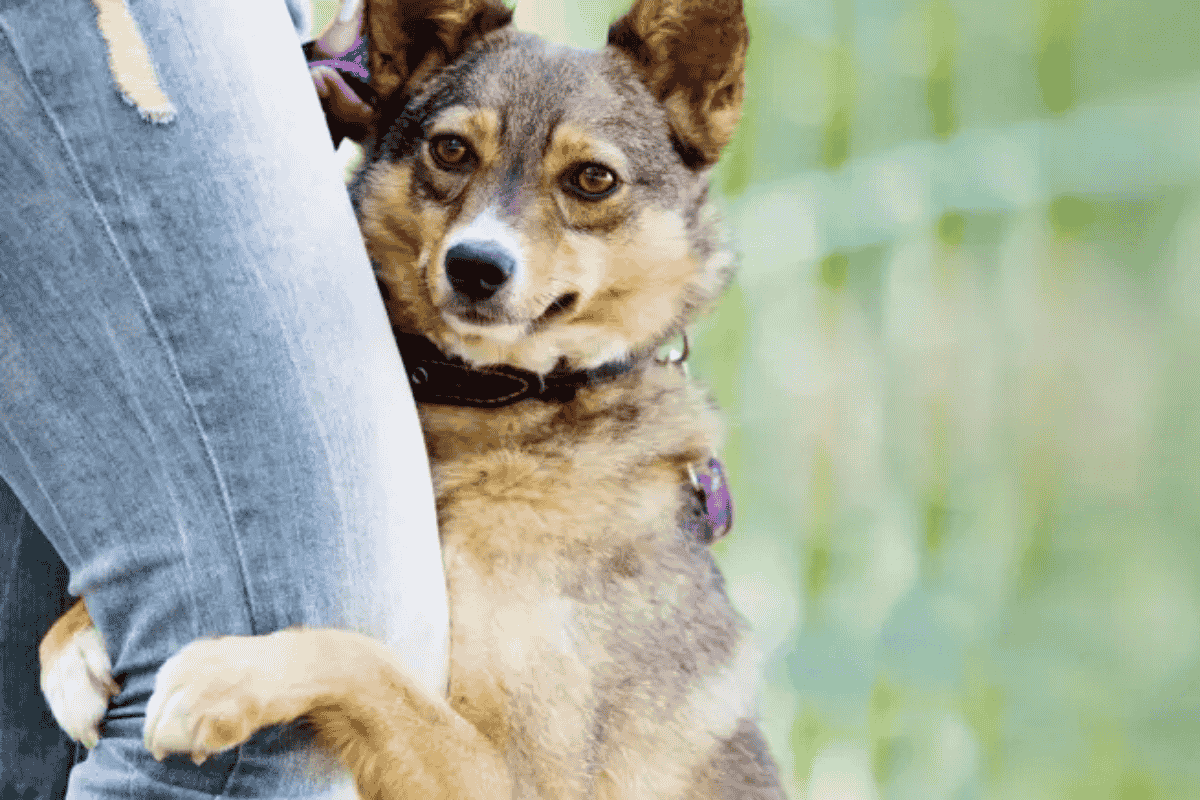Some dogs naturally approach the world with boldness, while others may feel shy, insecure, or fearful in certain situations. Nervousness can manifest in different ways: barking and lunging, freezing in place, or showing subtle stress signals.
By learning your dog’s body language and using positive training techniques, you can help them build confidence and feel safer in their environment.
Puppy Socialization Window
A common reason for fear or insecurity in dogs is missed socialization during puppyhood. The critical socialization period (3–14 weeks old) is when puppies learn what’s safe or unsafe in the world.
- Well-socialized puppies experience different people, dogs, sounds, and places in a safe, positive way.
- Poorly socialized puppies may grow into adults who are fearful of novelty or overwhelmed by everyday experiences.
Even though this window closes, dogs continue learning throughout their lives. With patience and training, you can help a fearful or shy dog grow more confident.
How to Build Confidence in Dogs
Desensitization
Introduce your dog gradually to whatever makes them nervous, starting at a distance or intensity that doesn’t overwhelm them.
- Example: Take your dog to a quiet corner of a park before working closer to crowds.
- Adjust factors like noise level, distance, and invasiveness to create manageable exposures.
Counter-Conditioning
Pair the presence of the scary thing with something positive, like a high-value treat.
- Example: If your dog fears men, start with a man sitting quietly far away. Reward your dog with treats for calm behavior.
- Over time, your dog learns that the once-frightening trigger predicts something good.
Tip: Always provide the treat, even if your dog reacts nervously. This ensures they don’t associate the trigger with loss of reward.
Counter-Conditioning Example: Touching Paws
If your dog dislikes having their feet touched:
- Start by moving your hand toward their paw without touching it, then reward.
- Progress to a quick touch, then reward.
- Build up gradually until your dog anticipates the treat instead of reacting fearfully.
Success depends on timing, consistency, and small steps. If your dog regresses, move back to an easier stage.
General Confidence Building
Beyond desensitization, you can support your dog’s overall confidence with:
- Enrichment activities: Food puzzles, nose work, and sniffing games help dogs problem-solve and feel accomplished.
- Positive reinforcement training: Rewarding choices teaches dogs that exploring and engaging brings good things.
- Relationship-based training: Working together as a team builds trust and strengthens your bond.
